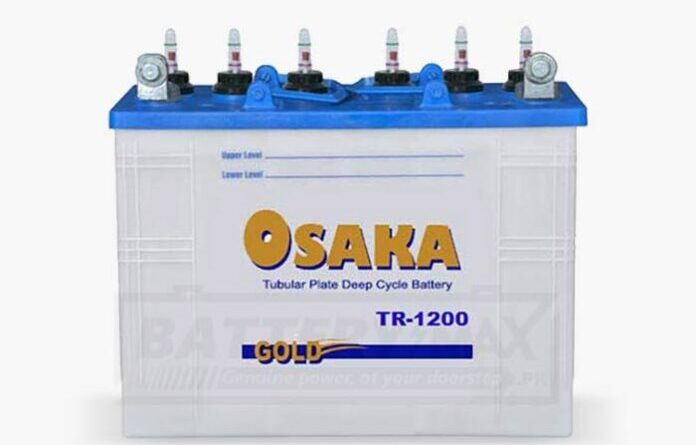Common Tubular Battery Problems and How to Fix Them
Tubular batteries are well-known for their long life and reliable performance, especially in backup power and solar systems. However, like any battery type, they can face problems over time if not properly maintained. Understanding these issues early can save you from unexpected power failures and extra repair costs.
In this article, we will discuss the most common problems found in tubular battery systems and guide you on how to fix them in simple steps.
1. Battery Not Holding Charge
One of the most common problems is when your battery charges fully but discharges too quickly. This is usually a sign of sulfation — a condition where lead sulfate crystals build up on the battery plates, reducing its capacity.
How to Fix It:
-
Check the electrolyte levels and refill with distilled water if low.
-
Use a proper inverter or charger with a desulfation mode if available.
-
Avoid deep discharging regularly as it worsens the issue.
2. Low Backup Time
If your battery is not giving you the expected backup, it could be due to:
-
Aged battery
-
Faulty charging
-
Overloading
This is especially important for people relying on solar setups, as poor backup performance can interrupt daily routines.
Fixes:
-
Unplug extra or unnecessary devices to reduce the load.
-
Make sure the battery is getting full charging cycles.
-
If the battery is more than 4-5 years old, it may need a replacement.
3. Battery Overheating
Heat is a silent killer for batteries. Overheating can damage internal components and reduce the battery’s lifespan.
Causes:
-
Overcharging
-
Poor ventilation
-
High ambient temperature
How to Fix It:
-
Ensure the inverter is not charging the battery beyond its limit.
-
Install the battery in a cool, well-ventilated space.
-
Clean terminals to reduce resistance and heat buildup.
4. Acid Spillage or Leakage
This issue not only damages the battery but can also be dangerous. Acid leakage usually occurs due to cracks in the container or overfilling.
Prevention and Fix:
-
Do not overfill the cells. Only fill up to the marked level.
-
Clean any spillage immediately using a baking soda and water solution.
-
If leakage is due to a crack, it’s safer to replace the battery.
5. Swollen Battery Plates
Swelling of plates inside the battery occurs due to overcharging or frequent deep discharges, causing internal pressure and damage.
How to Handle It:
-
Avoid over-discharge cycles.
-
Use a charge controller that supports tubular battery types to prevent overcharging.
-
If the plates are swollen, the battery’s efficiency drops drastically, and you may need a new one.
6. Corroded Battery Terminals
Battery terminals often corrode due to acid fumes or moisture, which leads to poor current flow and charging issues.
How to Fix It:
-
Disconnect the battery and clean the terminals with a mixture of baking soda and water.
-
Use petroleum jelly or terminal protectors to prevent future corrosion.
7. Delayed or No Charging
Sometimes, the inverter shows that charging is in progress, but the battery is not actually charging.
Causes:
-
Faulty charger or inverter
-
Loose or damaged cables
-
Internal battery fault
Fixes:
-
Check all cable connections for tightness and rust.
-
Get your inverter checked by a professional.
-
Use a multimeter to test if the battery is accepting a charge. If not, it may need replacement.
How to Avoid These Problems
Prevention is better than cure. Here are some easy tips to keep your tubular battery in top condition:
-
Regular Maintenance: Check water levels every 2–3 months and top up with distilled water.
-
Proper Usage: Don’t overload the battery. Use appliances within the battery’s capacity.
-
Right Environment: Keep the battery in a shaded, ventilated area.
-
Scheduled Inspections: Have your system inspected yearly by a technician to catch early signs of damage.
When to Replace Your Tubular Battery
Even with good maintenance, every battery has a limited life. If you notice:
-
Backup time reducing drastically
-
Battery not charging at all
-
Frequent overheating
…it’s time to consider getting a new tubular battery. Always choose a battery that suits your power needs and check brand warranties for added reliability.
Conclusion
Tubular batteries are built to last, but only when they’re cared for properly. From charging issues to corrosion and overheating, these common problems can be solved with timely maintenance and correct usage. For long-term performance, make sure to regularly check your battery’s condition and follow best practices.
Whether you’re using it for a solar system or power backup, maintaining your tubular battery will ensure reliable and efficient energy storage for years to come.




